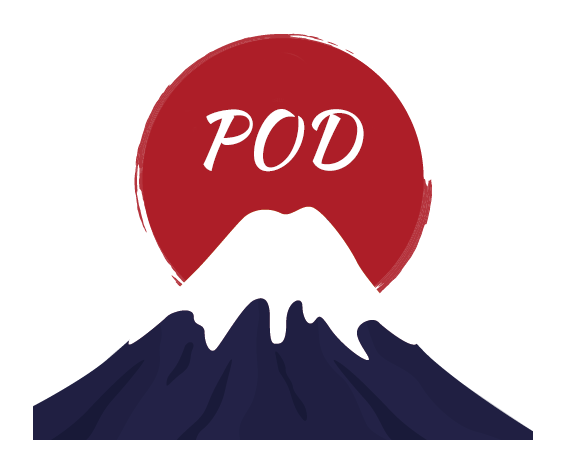Ukiyo-e art is a traditional Japanese art form that emerged during the Edo period (1603-1868). It is characterized by woodblock prints depicting various subjects such as landscapes, portraits, and scenes from everyday life. While many people are familiar with the beauty and intricacy of Ukiyo-e art, there are some lesser-known aspects that make it truly remarkable.
One of the secrets of Ukiyo-e art lies in its production process. Unlike other forms of printmaking, Ukiyo-e prints are created by a team of skilled craftsmen, each specializing in a specific task. The process starts with the artist, who creates a design on paper. This design is then handed over to the woodblock carver, who meticulously carves the design into a wooden block. The carver's skill is crucial, as any mistake can ruin the entire print. Once the block is carved, it is inked and pressed onto paper, resulting in a beautiful and detailed print. The collaboration between the artist, woodblock carver, and printer is what gives Ukiyo-e art its unique charm.
Another secret of Ukiyo-e art lies in its subject matter. While many Ukiyo-e prints depict scenes from everyday life, they also often include elements of fantasy and imagination. Mythical creatures, supernatural beings, and legendary heroes frequently appear in Ukiyo-e prints, blurring the lines between reality and fantasy. This blending of the real and the imagined reflects the spirit of escapism that was prevalent in Edo period Japan. Ukiyo-e art provided an escape from the strict social hierarchy and rigid norms of society, allowing people to indulge in their fantasies and desires.
Furthermore, Ukiyo-e art played a significant role in shaping the popular culture of Japan. During the Edo period, Ukiyo-e prints were mass-produced and sold at affordable prices, making them accessible to a wide range of people. These prints were not only decorative but also served as a form of entertainment and education. They depicted popular actors, courtesans, and famous landmarks, providing a glimpse into the vibrant and bustling world of Edo. Ukiyo-e prints also influenced other art forms such as kabuki theater, literature, and fashion, leaving a lasting impact on Japanese culture.
Despite its popularity and influence, Ukiyo-e art faced a decline in the late 19th century due to the introduction of Western art forms and the modernization of Japan. However, it experienced a revival in the 20th century, thanks to the efforts of artists and collectors who recognized its historical and artistic value. Today, Ukiyo-e art continues to captivate audiences worldwide with its exquisite craftsmanship and timeless beauty.
In conclusion, the secret of Ukiyo-e art lies not only in its production process and subject matter but also in its ability to transcend time and culture. It is a testament to the creativity and ingenuity of the artists and craftsmen who dedicated themselves to this unique art form. The next time you admire a Ukiyo-e print, remember the secrets hidden within its intricate details and the stories it has to tell.
Related recommendations:
Products designed with the 10 most popular ukiyo-e themes.

